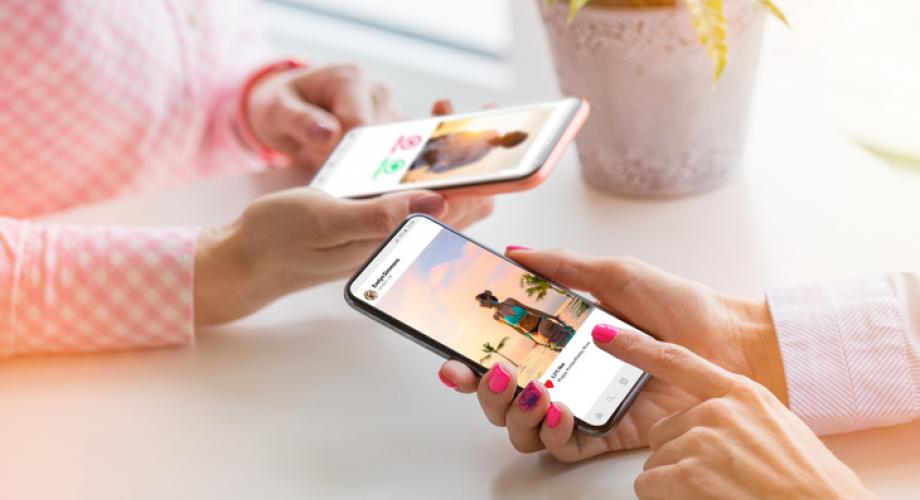At a time when students distrust traditional advertising, companies are looking for different digital strategies to get their message out.
When Mike Still, Senior Vice President, Operations for Collier Cos., talks about his biggest challenge in student housing, one thing takes precedence above everything else.
“The number one thing is always connecting to our client—staying in front of the new opportunities, and understanding each generation,” Still said at the Listening Lab at Campus Connex. “We’re trying to come up with new marketing ideas and find different ways to really find value in marketing that our residents will appreciate.”
It’s a challenge for Still because he says traditional marketing sources don’t “exist anymore.”
“We’re being challenged as a company to heavily look at the return on investment in every marketing dollar,” he says.
The questions that Still is grappling with are ones that many marketing professionals throughout student housing consider. “Right now, the biggest thing for us is reaching people digitally,” he says. The problem is that today’s students are skeptical.
“Customers do not trust paid advertising anymore,” says Barrie L. Nichols, Vice President of Leasing and Marketing for The Michaels Organization, Student Living. “According to research published on Invesp, word of mouth referral count for 13 percent of consumer sales each year (about 6 trillion sales). Word of mouth impressions create 500-percent more sales than paid media impressions because 90 percent of customers report they are more likely to give their hard-earned cash to a brand recommended by a friend. This brings us to UGC or.”
After studying these trends, Nichols has invested in User Generated Content, or UCG, to increase brand awareness through social influencers.
“We’re trying to have the influencers at our properties-- the ones who have the most followers -- and then get them to share our brand organically,” she says. “Then, they share experiences that are authentic about your brand through their own social media channels.
A big part of Nichols’ job is developing digital strategies that align our Michaels’ communities leasing goals through creating authentic content that its residents want to share with their peers, promoting Michaels’ communities.
“If we can identify them and make contact, they can help us drive more traffic,” Nichols says. “They can be your brand ambassadors. Our students want to live and experience the lifestyle we offer. What better way to do that than to hear directly from influencers that live at our properties?”
Nichols goes onto Instagram and other sites to see where her residents are and how many followers they have. For instance, the company found a resident at a community in Syracuse, N.Y., who has 45,000 followers. “We reached out to see if he would post about his experiences and offered free cleaning services in exchange for posting,” Nichols says. “You can basically find influencers without having to pay the Kylie Jenner kind of money. These are kids who are just starting out and they appreciate a $100 gift card.”
Companies that need help can lean on outside firms who can help their social media efforts.
“One company that is a strategic partner, Social Kapture will actually provide the collateral for the properties and or influencers to be able to say, ‘Here’s the picture we want you to post. Here's the look and feel of it. We’d love for you to come in and take a picture in our model and show the lifestyle our resident's experience,’ ” Nichols says. “So, then we actually can provide direction for the content because we’re providing it to them.”
